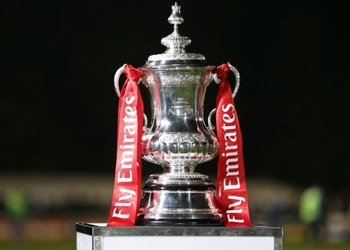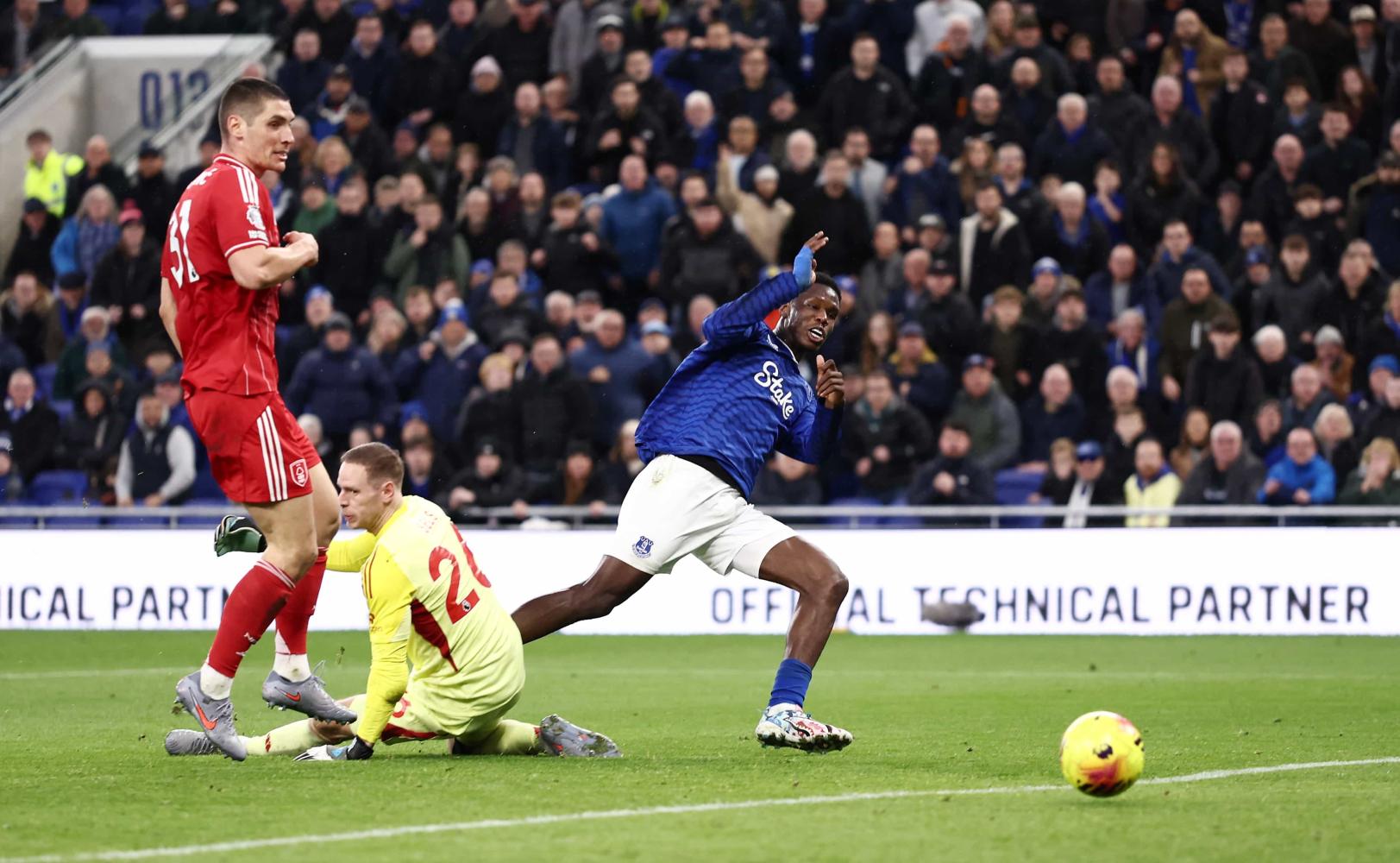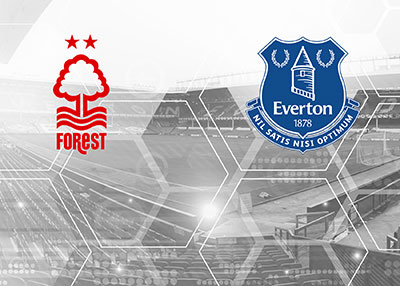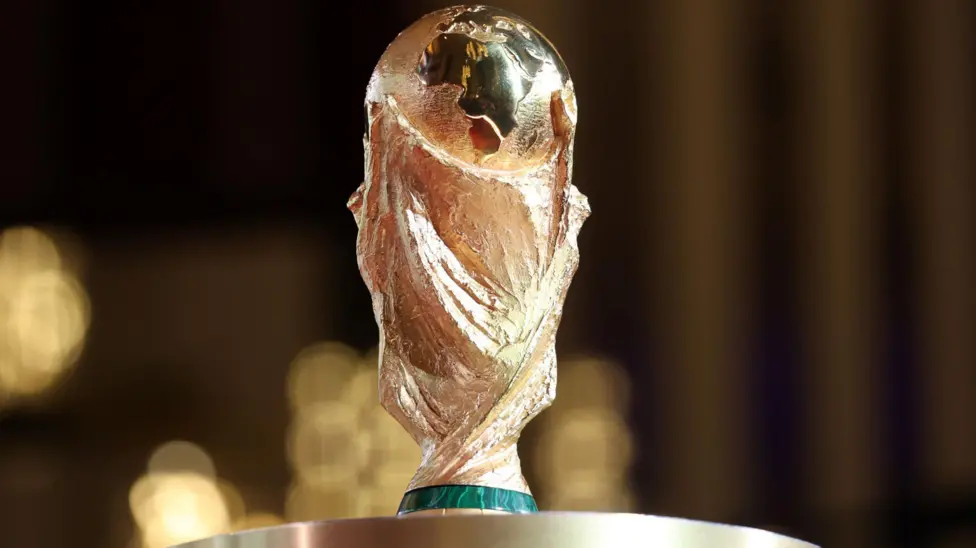Fans Comment
|
Another take on Profit & Loss Whilst Paul has done a pretty fair job in his analysis of Everton's Accounts, I have to point out some errors in his analysis that do cast a potentially misleading light on key elements of the operating results. Under UK GAAP the club is required to capitalise the value of acquired players (their transfer fee) as intangible assets in the balance sheet and write off these capitalised transfer fees and linked payments over the life of the player's contract through the profit and loss account (even though the cash may all have been spent up front or phased very differently to the P&L scheduling) - a process technically known as amortisation. Subsequent profit / loss on player disposals are calculated as the amounts received (net of any transaction costs) - the unamortised intangible asset remaining in the balance sheet. This results in a singularly uneven P&L presentation whereby both operating costs (and therefore operating losses) and net transfer income are 'inflated / exaggerated' compared to what a lay-person might expect - the operating costs include a �9.6m amortisation charge, an increase of �1.3m on the prior year. The accounting rules are there for a good reason (I'll spare you the explanations!) but they are actually rather unhelpful in trying to get to grips with football club accounts. However, even then the true operating picture is further distorted as the 2001 results benefit from a net �1.1m improvement in one-off pension provision charges / reversals. In judging the actual underlying trading performance it is therefore necessary to also look at the operating cashflow and the movement in intangible asset values (player registrations). When you do this in the case of Everton you see that net operating cash flow deteriorated by �1.7m (over the period compared to a �3.9m worsening of the operating loss with the difference accounted for by the increased amortisation charges over the period arising from an �11.8m increase in the intangible asset value of players despite the large accounting profit realised on transfers in the period. Far from the club steadying the ship by selling players the cash flow reveals there was actually a near �11m net investment in players in the accounting period - a gross error of judgement as we all now know based on the NTL deal that never happened. It should be pointed out that this net investment in players is the sole source of the increase in intangible net assets in the club's accounts - not some dodgy manipulation of arcane accounting rules as there were no asset revaluations in the period. Only accountants (and I am one!) could devise a system that shows a misleadingly large loss in one place in the P&L, a misleadingly large profit somewhere else in the P&L and somehow leave people to reach exactly the opposite conclusion about the underlying transfer activity to the reality shown in the cash flow statement. It is this massive net expenditure on players, together with the interest burden on overdraft, that accounts for just about all of the increase in the club's overdraft in the period and which has necessitated the sale of Jeffers and Ball to balance the cash flows from transfers (as opposed to the notional P&L entries). It is NOT a defence of the EFC Board or the club's trading performance - far from it - but football club profit and loss accounts are horribly misleading / difficult for the lay fan and have led to some misinterpretations in Paul's piece that have resulted in an inadvertent but substantial misrepresentation of the true performance of the club and in particular the issue most fans are interested in - how the debt increased. Regards Neil Wolstenhome
|










